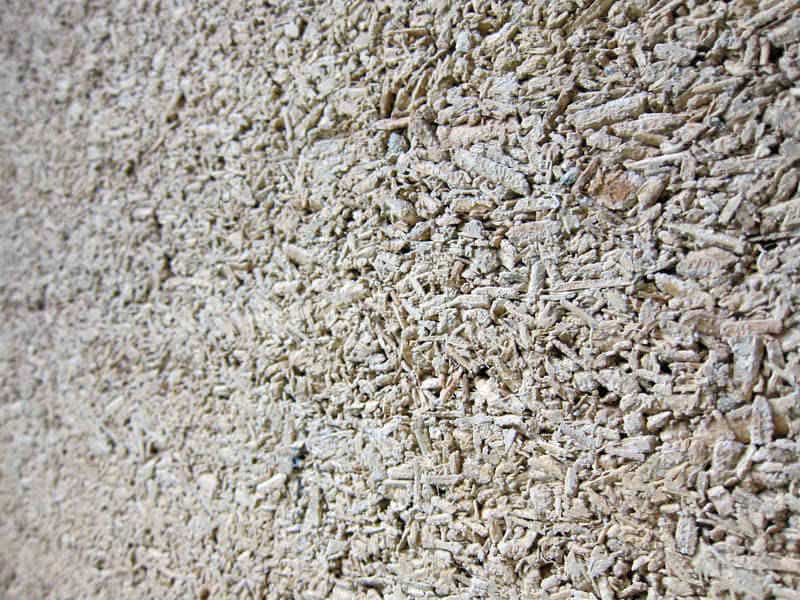In January, the World Economic Forum published an article titled “We can’t tackle the climate change crisis without changing construction. Here’s why”. The article goes on to state that global emissions from buildings and the construction industry are reducing the chance of reaching the Paris Agreement targets, and that in 2019, these emissions hit an all-time high.
There are two types of carbon costs associated with construction: the amount of carbon emitted in the production of building materials (“embodied carbon”), and the amount of carbon emitted by the use of buildings (for example, heating).
For many decades, the emphasis of innovation in the construction industry has focused around increasing performance, with little consideration given to embodied carbon. Extruded polystyrene boards, for example, exhibit an excellent R-value, but have embodied carbon of 3.42 kgCO2e/kg, meaning for every unit produced (by weight), 3.42 times that amount is emitted in CO2.
In contrast, hempcrete is carbon-negative because the hemp used has sequestered CO2 during its growth phase. Homes built from hempcrete require smaller or no HVAC systems, thereby reducing its operational carbon footprint.
What is hempcrete?
Hempcrete is a bonded cellulose insulation material made from mixing the hurds (inner “woody” stalk) of the industrial hemp plant with a lime binder and water. The material is cast in forms that attach to a conventional timber frame. Alternatively, hempcrete can be formed into bricks. The hempcrete provides an all-in-one walling solution, replacing Tyvek wrapping, OSB/plywood sheathing, insulation, and drywall. The typical finishing is a ½” to ¾” lime plaster or stucco.
Hempcrete was developed in France in the mid-1980s, when people were experimenting to find an appropriate replacement for deteriorated wattle and daub in medieval timber-frame buildings. An awareness was growing about the extensive damage that had been done to such buildings in the post-war period through ill-advised repairs using ordinary Portland cement. Using Portland cement to replace the vapor-permeable earth-and-lime mortars and natural cements in historic buildings prevented the buildings’ fabric from “breathing”. This in turn led to the retention of moisture within the fabric, which damaged the timber frames.
Hempcrete has the capability to absorb moisture and allow it to be transported to the exterior. Incredibly, a cubic foot of hempcrete can hold 37 lbs of water vapor without compromising its structural integrity. Due to its alkalinity, mold is unable to manifest.
Hempcrete is unique among insulation materials in that it also has thermal mass, not just insulating qualities. Solar radiation is stored in the wall during the day and gradually released during colder periods. Because of this, the static R-value of 2.2 per inch is somewhat misleading, as it undervalues the overall thermal performance of hempcrete.
Studies in Europe have shown that weak axis bending is reduced by a factor of four; once cast in hempcrete, walls studs have no place to buckle. Therefore, it is possible to place wall studs at 24” on center, as opposed to 16”, thereby saving valuable lumber.
Internal walls made from hempcrete are highly sound insulating; at six inches thickness, 90% of sound is absorbed. Hempcrete is also fire-proof: under “flamespread” and “smoke developed” indices, hempcrete scored “0,” the highest possible rating on a scale of 0 to 450 in a 2020 test carried out in the US to ASTM standards.
Lack of domestic hemp production up until only a few years ago has meant that hemp hurd had to be imported from France or Canada. However, we at Rocky Mountain Hemp Build have been working hard on establishing local suppliers, so that we are now able to offer US-grown hemp.
You can see us in action at the Saguache Hotel in July when we will be installing hempcrete as part of the ongoing renovation project, with further projects in Crestone later in the year.

